Mint, basil, and basil mint may look similar, but they are distinct plants. Mint and basil mint are often mistaken for the same plant, but they are merely cousins. Let’s learn more about these herbs and how to tell them apart.
1 What is Mint?
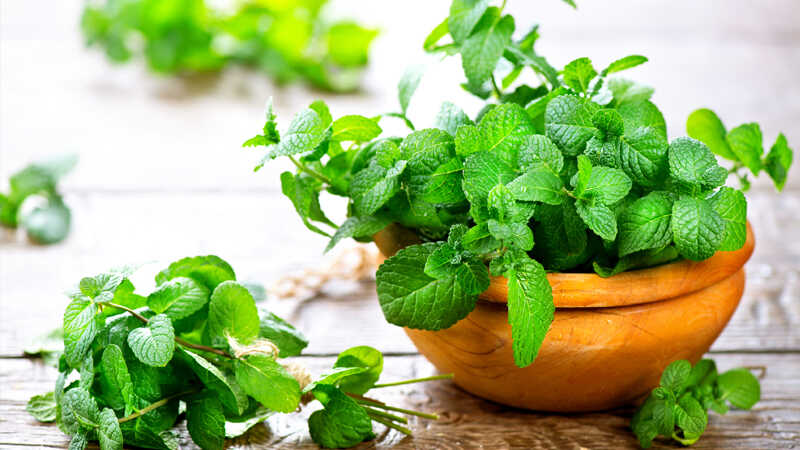 What is Mint?
What is Mint?
Mint, or Mentha arvensis, is an aromatic herb that typically grows to 60-80cm in height. It has a square-shaped stem that can be green or pale purple in color.
Mint has a pungent, cooling flavor and contains menthol, a compound often used for flavoring in foods. Mint is rich in essential oils, mainly menthol and menthone, with each variety of mint offering a unique blend of these compounds.
2 Benefits of Mint
Mint offers a plethora of health benefits, including: detoxifying the body, improving skin health, aiding weight loss, seasoning dishes, baking, and mixing drinks, as well as treating stomach aches and coughs.
According to thaythuocvietnam.vn, a health and medical knowledge website by the Vietnamese Internal Medicine Association, mint’s essential oils, comprising 1-3% of its composition, including menthol, limonene, and pulegone, offer the following benefits:
In laboratory studies
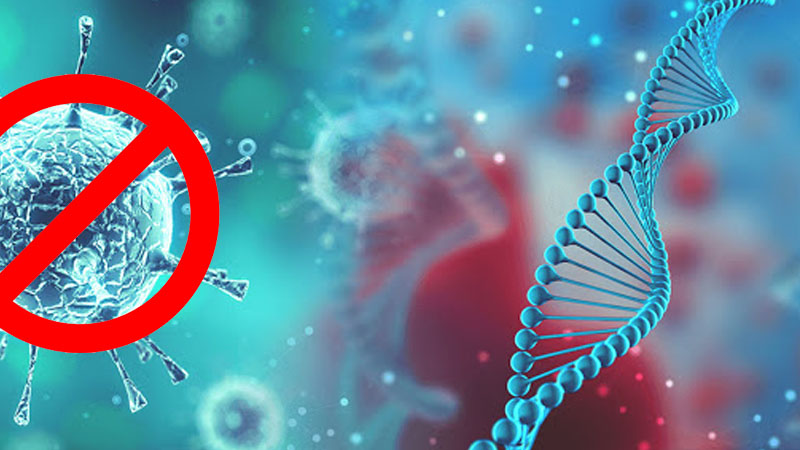 Benefits of Mint in Laboratory Studies
Benefits of Mint in Laboratory Studies
Consuming small amounts of mint can induce a feeling of excitement, dilate blood vessels, increase perspiration, and lower body temperature. Larger doses of mint can stimulate the spinal cord and cause motor reflex paralysis.
Mint also acts on painful nerve roots and has a local anesthetic effect. It inhibits various bacteria, such as Pseudomonas aeruginosa, Escherichia coli, and Staphylococcus aureus, as well as certain fungi, including A. niger and Candida albicans.
In Traditional Medicine
 Benefits of Mint in Traditional Medicine
Benefits of Mint in Traditional Medicine
Mint is known to stimulate sweat glands, reduce pain, boost digestion, and detoxify the body. It increases bile secretion, induces diarrhea, and promotes measles rash. Mint is commonly used to treat coughs and colds.
Relieves Indigestion and Bloating
Research by the University of Maryland Medical Center suggests that compounds in mint can soothe the abdominal muscles and increase bile flow, enhancing digestion and providing relief from indigestion. Additionally, mint helps alleviate the discomfort associated with bloating and abdominal distension.
A homemade cup of hot mint tea is an excellent natural remedy for bloating!
Alleviates Irritable Bowel Syndrome (IBS)
Studies have found that peppermint oil is effective in treating individuals who experience abdominal pain or discomfort due to IBS. In a clinical trial, 75% of IBS patients were given enteric-coated peppermint oil capsules twice daily for four weeks. The results showed a significant improvement in IBS symptoms, with a minimum 50% reduction in overall symptoms.
 Various Benefits of Mint
Various Benefits of Mint
Prevents Stomach Ulcers
In an animal study, menthol was found to protect the gastric mucosa from the negative effects of indomethacin and ethanol. Thus, it plays a crucial role in preventing stomach ulcers caused by excessive alcohol consumption or the frequent use of painkillers and other agents.
Soothes Skin Irritation and Reduces Itching
Mint essential oil is widely used to soothe skin irritation and alleviate itching. However, it should be diluted with a carrier oil, such as coconut or olive oil, before application.
Note: Always perform a patch test on your wrist before applying mint essential oil to larger areas of the skin to ensure you are not allergic to it.
Treats Colds and Flu
Mint constricts swollen membranes in the nose, improving symptoms of nasal congestion and breathing difficulties caused by colds and flu. Additionally, menthol, the primary chemical component of mint leaves, exhibits antibacterial properties, loosens phlegm in the lungs, and relieves coughing.
 Several Benefits of Mint
Several Benefits of Mint
Reduces Stress and Headaches
Some evidence suggests that peppermint oil has analgesic properties similar to Tylenol or Paracetamol. It helps alleviate stress-induced headaches when applied to the forehead with a gentle massage. Alternatively, you can inhale the scent of mint essential oil by bringing the bottle close to your nose and taking slow, deep breaths to calm your nerves.
Promotes Oral Health
Thanks to its antifungal and antibacterial properties, mint can be beneficial for individuals with tooth decay, halitosis, and gum infections.
Note: Mix 2-3 drops of mint essential oil into a glass of warm water and use this mouthwash 2-3 times daily to improve oral health.
Reduces Nausea and Vomiting Caused by Cancer Chemotherapy
Nausea and vomiting are common side effects experienced by cancer patients undergoing chemotherapy. A study published in the E-cancer Medical Science Journal found that inhaling mint essential oil can help alleviate these uncomfortable symptoms.
Mint Accelerates Wound Healing
Mint essential oil has been shown to combat four different strains of bacteria, one of which is antibiotic-resistant. Additionally, it stimulates the growth of fibroblasts, promoting faster wound healing.
3 How to Choose Fresh Mint
Selecting Fresh Mint Leaves
When buying fresh mint, opt for leaves that are vibrant green and free from wilting or bruising. It is important to distinguish mint from basil mint to avoid confusion. Fresh mint leaves are available at import food stores.
 How to Choose Fresh Mint Leaves
How to Choose Fresh Mint Leaves
Choosing Dried Mint Leaves
If fresh mint leaves are unavailable, you can opt for dried mint. Ensure you purchase from a reputable brand and check the product’s origin and expiration date.
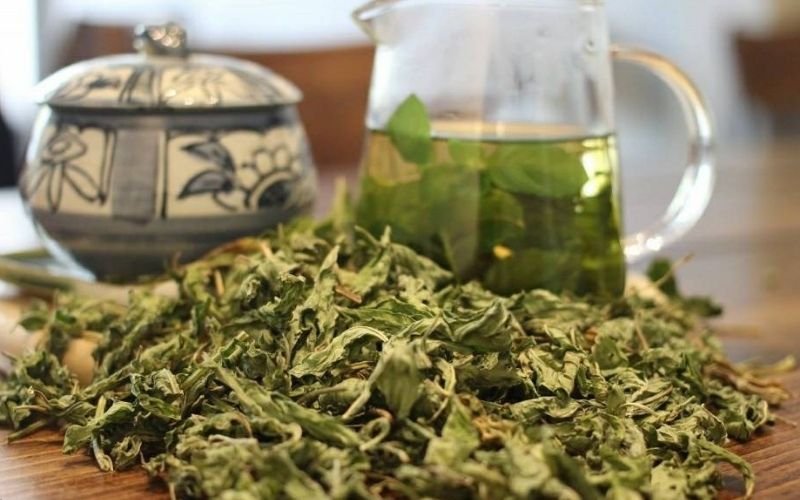 How to Choose Dried Mint Leaves
How to Choose Dried Mint Leaves
4 Different Types of Mint and Their Uses
Mint encompasses numerous varieties, each with unique shapes, sizes, colors, and aromas. Here are some of the most common types of mint:
Peppermint (Mentha Piperita)
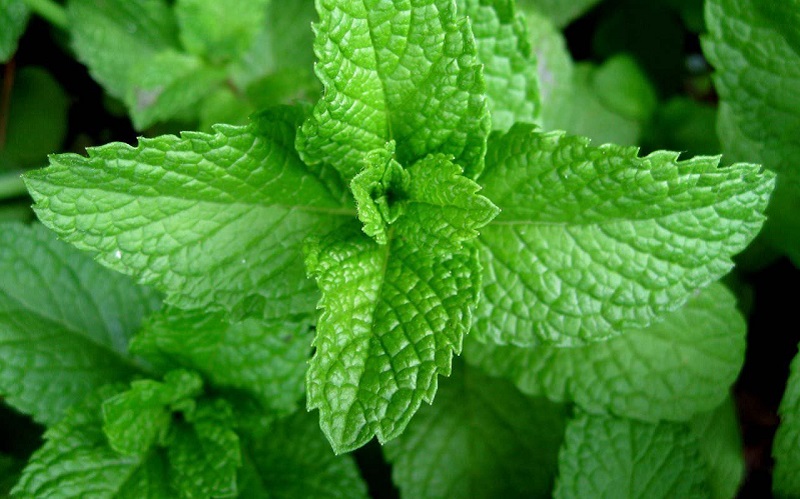 Peppermint (Mentha Piperita)
Peppermint (Mentha Piperita)
Also known as common mint, this variety produces peppermint oil, which has a classic minty fragrance and is often used in smoothies, chewing gum, and medicines. Its leaves have a serrated margin.
Pennyroyal Mint (Mentha Pulegium)
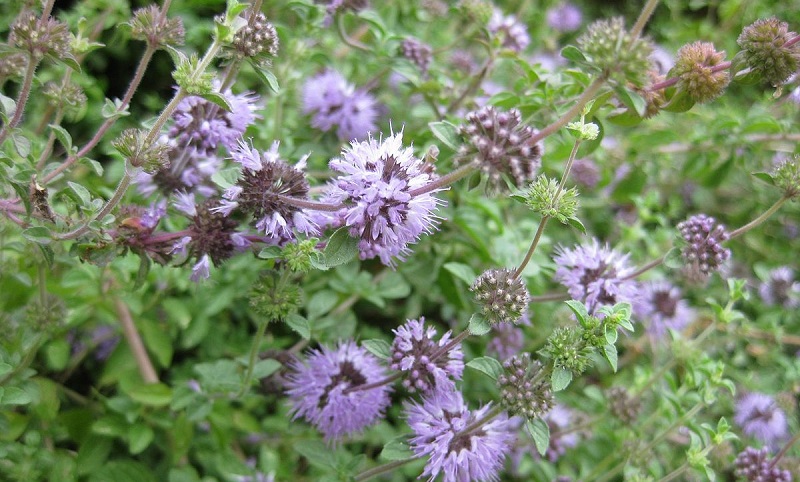 Pennyroyal Mint (Mentha Pulegium)
Pennyroyal Mint (Mentha Pulegium)
Pennyroyal mint yields pennyroyal oil, which has a strong, pungent aroma. Its leaves are serrated and are used in digestive aids, headache remedies, and treatments for respiratory infections.
Ginger Mint (Mentha Gentiles)
 Ginger Mint (Mentha Gentiles)
Ginger Mint (Mentha Gentiles)
Ginger mint is a hybrid of Mentha arvensis and Mentha spicata. It is used as a culinary herb and insect repellent.
Chocolate Mint (Mentha x piperita)
 Chocolate Mint (Mentha x piperita)
Chocolate Mint (Mentha x piperita)
This variety has oval-shaped leaves and is commonly used in baking, tea, and smoothies due to its pleasant aroma.
Catmint (Nepeta Mussinii)
 Catmint (Nepeta Mussinii)
Catmint (Nepeta Mussinii)
Catmint produces a fragrant and relaxing essential oil that is also appealing to cats.
Mentha Longifolia
 Mentha Longifolia
Mentha Longifolia
This variety features dark green, serrated leaves and grows to a height of 50-100cm. It has a subtle fragrance.
Other types of mint include Apple Mint, Spearmint, Mentha arvensis, and Catnip.
 Other Types of Mint
Other Types of Mint
5 Are Mint and Basil Mint the Same?
Mint and basil mint are two distinct plants that belong to the Mentha genus and the Lamiaceae family.
Mint’s scientific name is Mentha arvensis, while basil mint is known as Mentha aquatica. Although they share similar physical characteristics, their uses and flavors differ significantly.
6 How to Distinguish Mint from Basil Mint
Identifying by Plant Form
Understanding the Uses and Benefits of Essential Oils
 Benefits of Essential Oils’>
Benefits of Essential Oils’>What are the therapeutic properties of essential oils? How can they be used to improve your wellbeing? This article will explore the various types of essential oils, their benefits and uses. Uncover the power of these natural remedies and find out how they can help your own health and wellness!






































